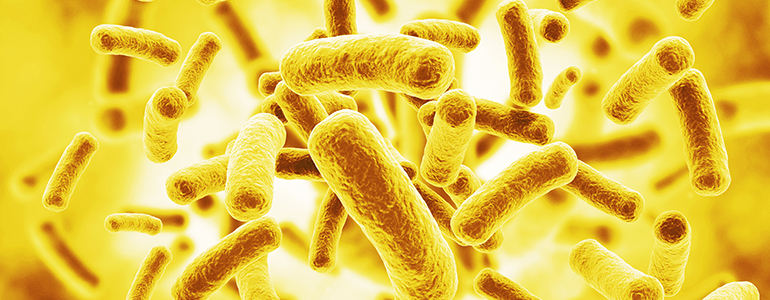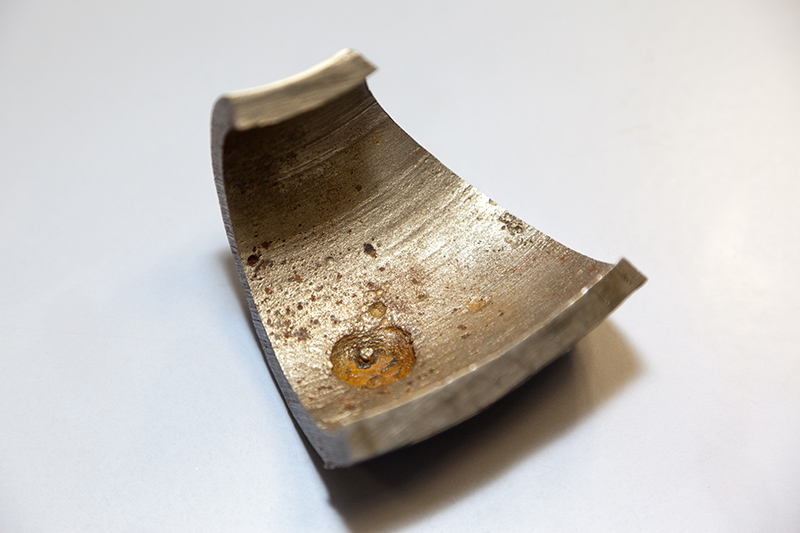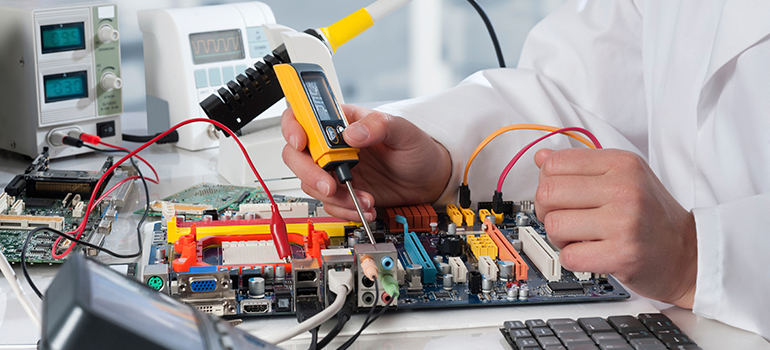Tiny but vicious - Microorganisms in the oilfield

Why consistent monitoring is key
14 August 2018
Whilst some microorganisms may be valuable to the oil and gas industry, the impact of others can be hugely detrimental with knock-on operational and financial impact. We can exploit microorganisms for our benefit e.g. in oil exploration, bioremediation or enhanced oil recovery. However, typical day-to-day and long-term operations of oil and gas fields have resulted in serious microbial problems such as microbiologically influenced corrosion (MIC), reservoir souring and flow issues in deaerators, pipelines, wells and even reservoir plugging.
Role of water
Wherever there is water, there is a high probability of an environment conducive for microorganisms. From our experience in the North Sea sector, with many aging high water cut fields, there are ample nutrients available required for microbial growth and almost all of the above-mentioned issues have occurred. It is a misconception that production fluids with a low water cut have no microbiological issues, just that these will tend to occur in areas where water accumulates.
Oil turns sour
Some sites use water injection (known as secondary recovery) to improve production. Where sulphate-rich water is used as the source it can result in reservoir souring if controls are inadequate. Ultimately, a process of hydrogen sulphide production in the reservoir turns the field 'sour'. The cause of this is often related to sulphate-reducing microorganisms that convert sulphate to hydrogen sulphide as an essential part of their metabolism. This souring of the field results in multiple issues including:
- Safety issues associated with generation of toxic gas (H2S)
- Lowering of oil/gas quality
- Issues meeting export specifications (shut in wells to meet targets)
- Increase in threat from corrosion, such as MIC or sulphide stress cracking (SSCC)
Pipeline corrosion
Integrity failures are often due to a combination of factors. Purely physicochemical corrosion mechanisms are well understood and fairly predictable. Adding the microbiological element makes integrity management more complex. Sulphate-reducing microorganisms can either cause corrosion indirectly by their metabolic byproduct hydrogen sulphide or more directly by withdrawal of electrons from the iron surface of the steel pipe. MIC is widely recognised as a major contributor to pipeline failures and leakages. These can have a huge economic impact, not to mention environmental disasters and tarnishing a company's reputation.

The circular corrosion pattern on the inside of a pipe is typical for MIC and other forms of corrosion. Microbiological analysis can clarify whether MIC was involved and inform future mitigation strategies.
Growing body of knowledge
Originally, it was thought that only few bacteria were associated with MIC, such as sulphate-reducing bacteria. However, research has identified that the mechanisms involved are more complex and other microorganisms can be involved, for example sulphate-reducing archaea, methanogens and acid-producing bacteria. This research has also highlighted the importance of interactions between microbial species, growth dynamics and MIC. The increasing understanding of microbiological communities in oil and gas systems makes apparent how important it is to monitor microorganisms continually.
Monitoring
MIC tends to be a very localised event and is, hence, more difficult to predict compared to other corrosion mechanisms. Managing the quality of injection and produced waters by monitoring chemical levels in combination with microbiological numbers can minimise the risk of microbial issues. Whilst sampling is carried out at individual locations, data interpretation must consider the system as a whole. It is also important to acknowledge any operational events, for example:
- Is monitoring carried out using planktonic and sessile samples?
- Has the well experienced water breakthrough?
- Are there any stagnant areas or dead legs in the pipework?
- Has there been water in the pipework during recent hydrotesting or shut-down?
- What is the quality of fluids recirculated from the drains to the production system?
- Are any effective remediation strategies in place (biocide, pigging, flushing)?
What to sample
Sampling of fluids, e.g. injection and production fluids, firewater and diesel, is a simple and essential part of monitoring. Nevertheless, such samples only tell us half of the story. After all, microorganisms live on the inner surfaces of pipework in slime-like communities called biofilms. Only a fraction of the attached microorganisms will break loose and be detectable in fluid samples. That is why it is also important to gather microbiological data from accessible surfaces such as corrosion coupons, pigging solids or Sidestreams®.
Depending on sampling locations and suspected microbiological issues, enumeration and identification can be achieved by various methods. Most Probable Number count (MPN) is a cultivation method that relies on growing microorganisms from the sample. For specific issues, non-cultivation molecular methods such as qPCR (quantitative Polymerase Chain Reaction) or NGS (Next Generation Sequencing) can be utilised and help to complete the picture.
Understanding leads to effective action
An effective monitoring strategy can support safe operation. The more that is known about the characteristics of an oil and gas installation, the more accurate assumptions can be made about the interactions of different chemical, physical and biological factors that influence microbiological growth and activity. Conclusions derived from such insights help pinpoint locations at threat from MIC and result in more efficient and effective prevention strategies such as biocide application and optimisation, pigging frequencies or material selection.
Our team can advise on monitoring programmes and assist with the collection and testing of oilfield samples.
Get informed
Boost your own knowledge in oilfield microbiology with our upcoming two-day Oilfield Microbiology course on 25th & 26th September 2018 in Aberdeen, UK. Contact us to enquire about alternative dates.
Today's expert blogger is Dr Heike Hoffmann, a Consultant Microbiologist at the Microbiology Energy department in Aberdeen, Scotland. Heike joined Intertek in 2006 and oversees analysis and R&D in the Molecular Biology Laboratory in addition to sharing her expert knowledge as a consultant oilfield microbiologist.
Tags: 2018 | Asset Integrity Management | Heike Hoffmann | Oil and Gas | Safety & PPE

Dr Heike Hoffmann,
Consultant Microbiologist
Intertek Aberdeen, Microbiology


